Galápagos Tortoises: Ancient Giants of the Islands
🐢 Meet the Marvelous Galápagos Tortoise
Slow-moving, long-living, and full of personality — Galápagos tortoises are true legends of the animal kingdom. These gentle reptiles are found only on the Galápagos Islands, where they’ve roamed for centuries, quietly becoming some of the oldest and largest tortoises on Earth.
Their story is one of survival, adaptation, and tropical island living — with a few surprises hidden in their massive shells!
🌍 Island Life & Shell Shapes
Galápagos tortoises live across several of the Galápagos Islands, each with its own unique environment. These include:
- Dry, arid lowlands, where cactus and shrubs dominate
- Moist, tropical highlands, filled with grasses, moss, and lush greenery
Depending on where they live, tortoises develop different shell shapes:
- Domed shells are more common in the highlands, where food is low to the ground
- Saddleback shells help tortoises in drier areas reach up to grab shrubs and cactus pads
These shell shapes aren’t just cool to look at — they’re perfect examples of adaptation in action!
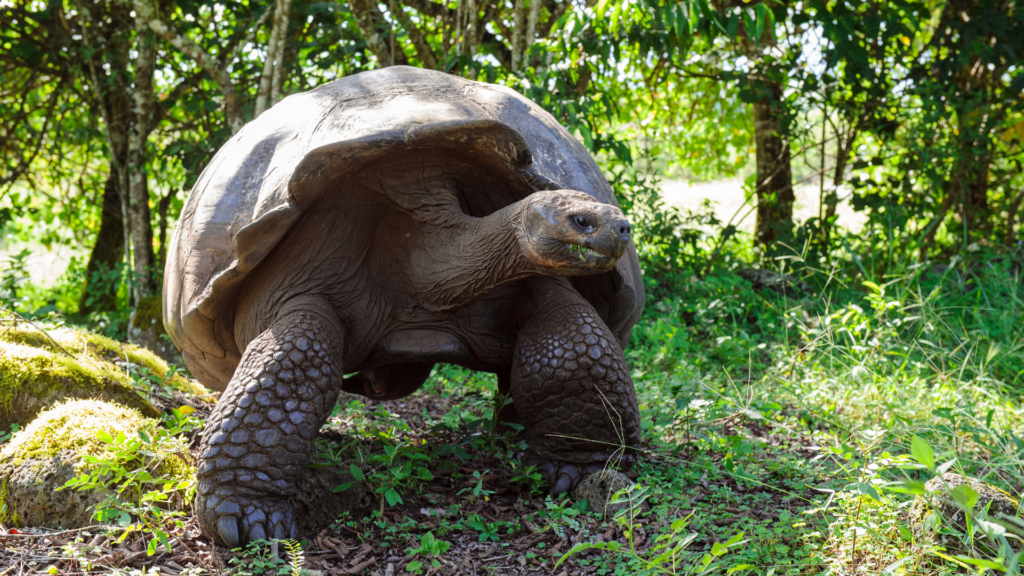
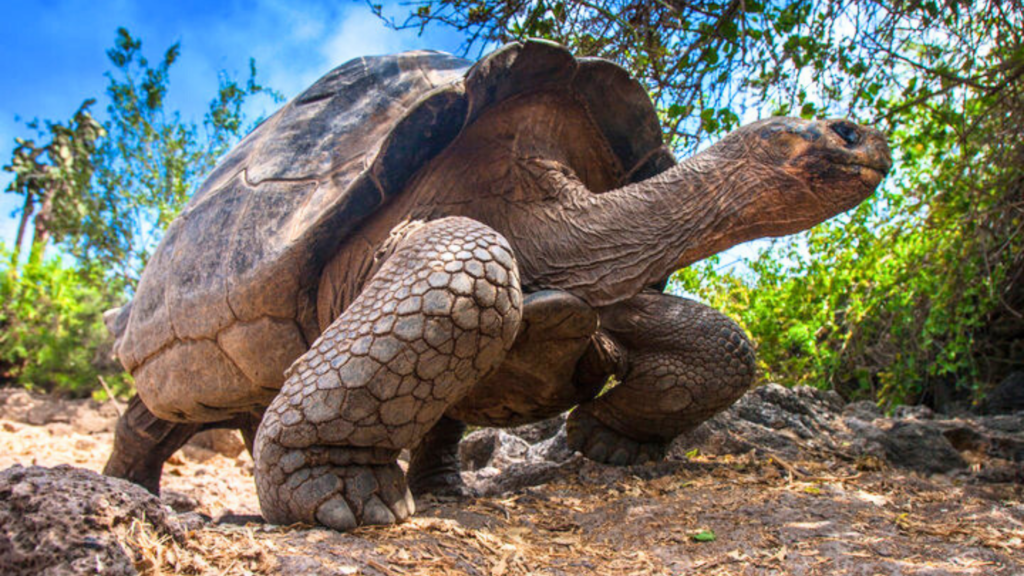
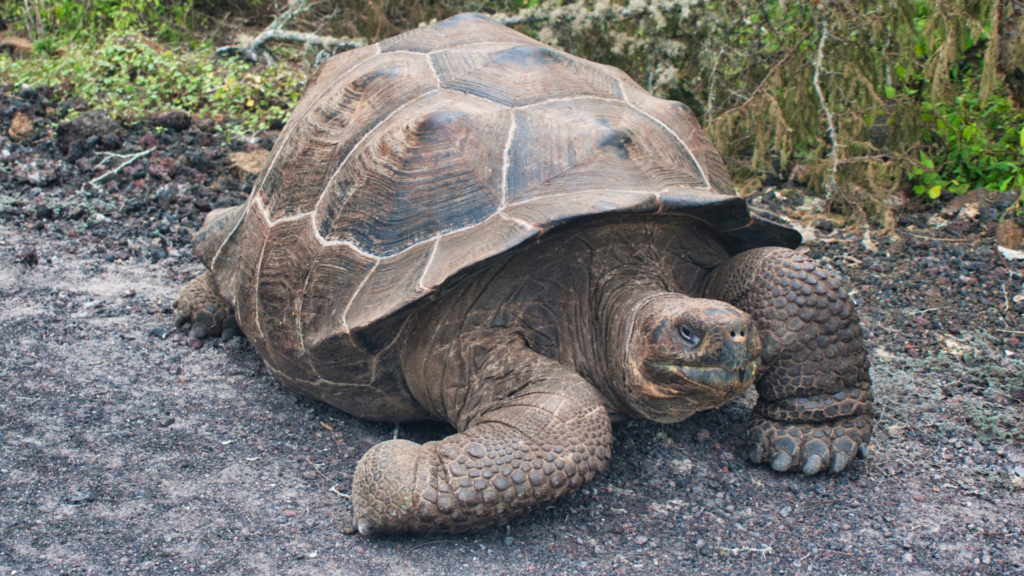
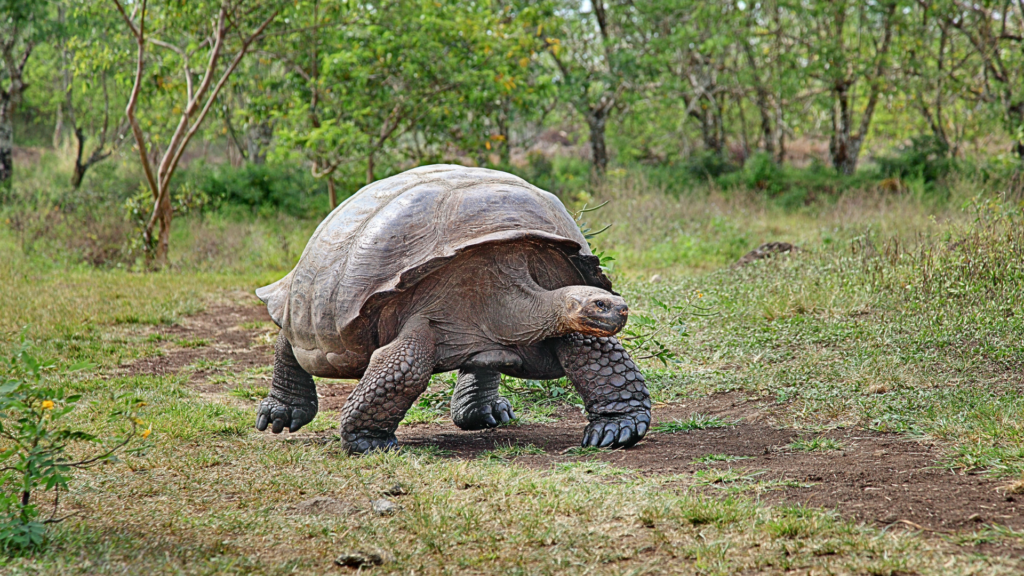
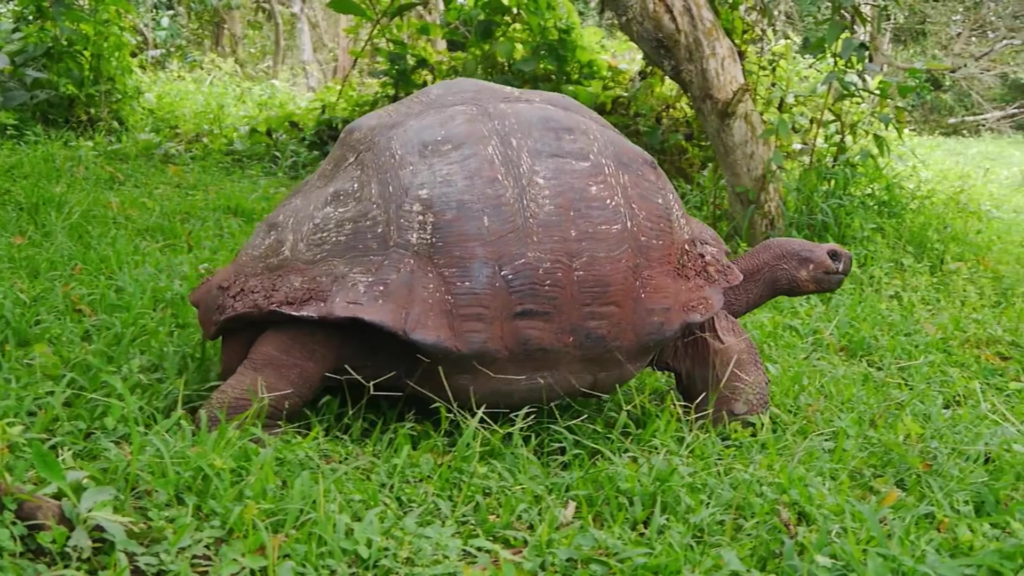
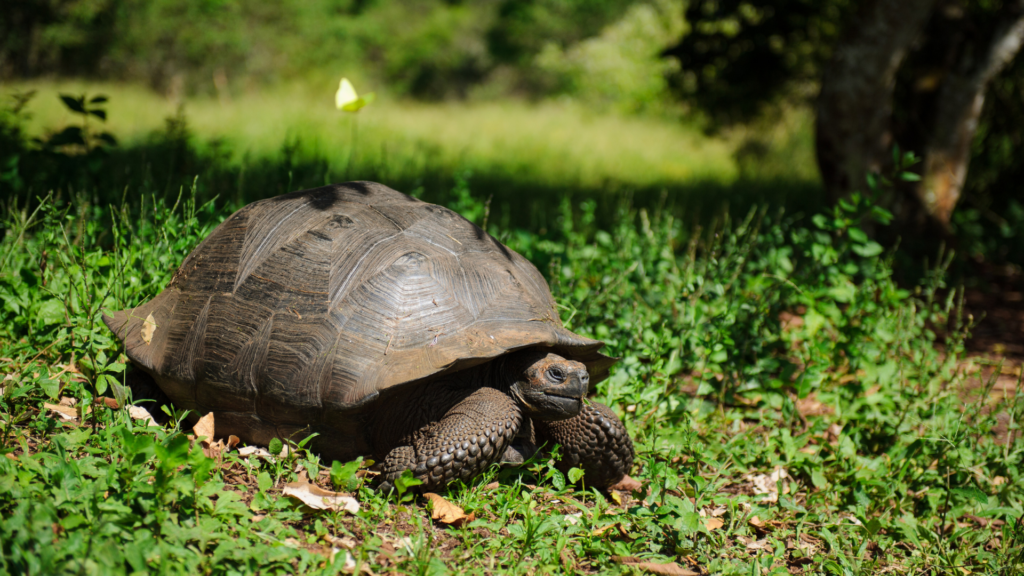
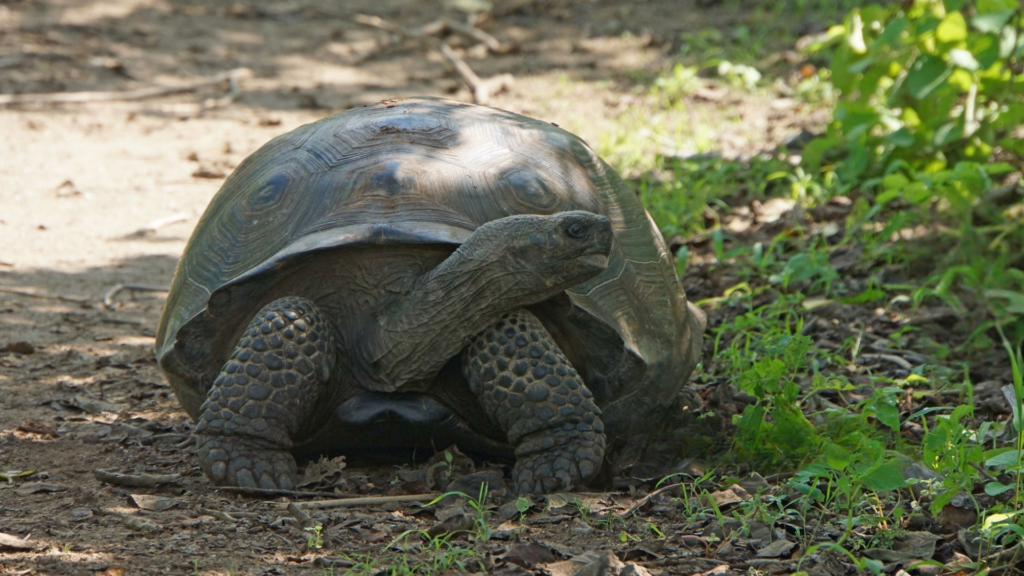
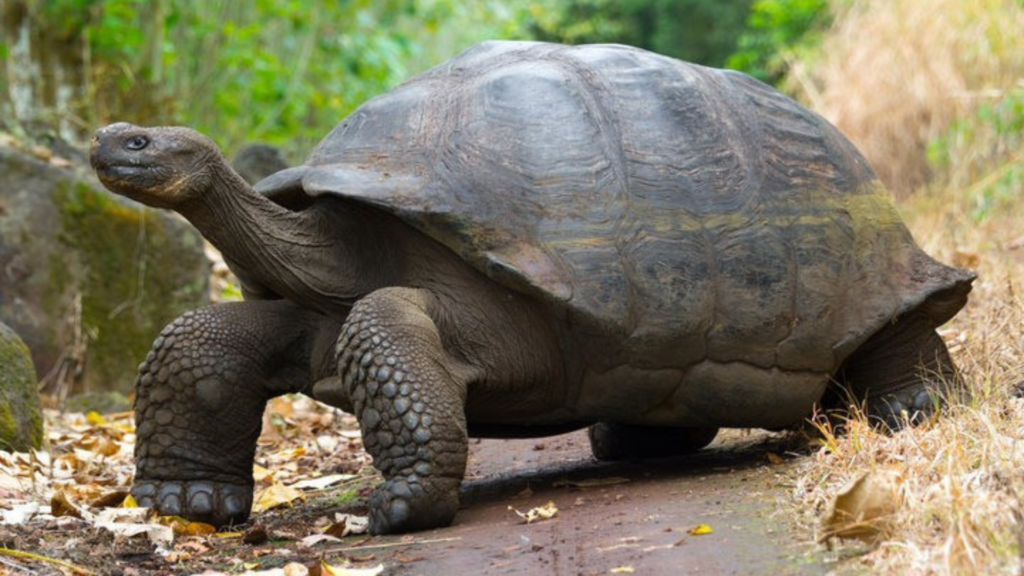
🐢 Species, Lifespan & Personalities
There are 12 recognized living species of Galápagos tortoise, each one adapted to a different island or terrain. And yes — they each have unique personalities! Some are chill and easygoing, while others can be surprisingly feisty.
What they all have in common is their incredible lifespan. Many live well over 100 years, and some have reached 150 or even 175 years old. That means a tortoise alive today may have hatched before the invention of the lightbulb!
🌿 Diet & Slow Digestion
Galápagos tortoises are strict herbivores. Their diet includes:
- Cactus
- Leaves
- Grasses
- Fruits
- Shrubs
Because of their slow metabolism, they digest food at a leisurely pace — and can go months without eating or drinking, surviving on stored water and nutrients. It’s one of the many ways they’ve adapted to the island’s sometimes harsh conditions.
🥚 Reproduction & Hatchlings
When it’s time to lay eggs, female tortoises dig nests in sandy or soft soil. A typical clutch contains 2 to 16 eggs, each about the size of a tennis ball.
Once the eggs are laid, that’s it — there’s no parental care. The hatchlings are completely on their own from the moment they emerge. They’re tiny compared to adults and vulnerable to predators, but if they survive their early years, they’re in for a long, slow life of island exploration.
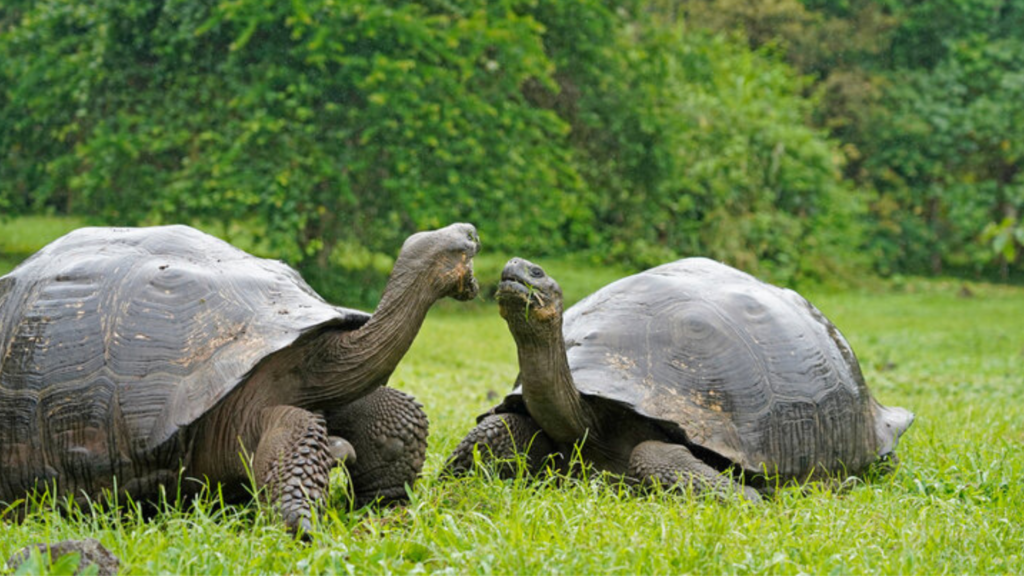
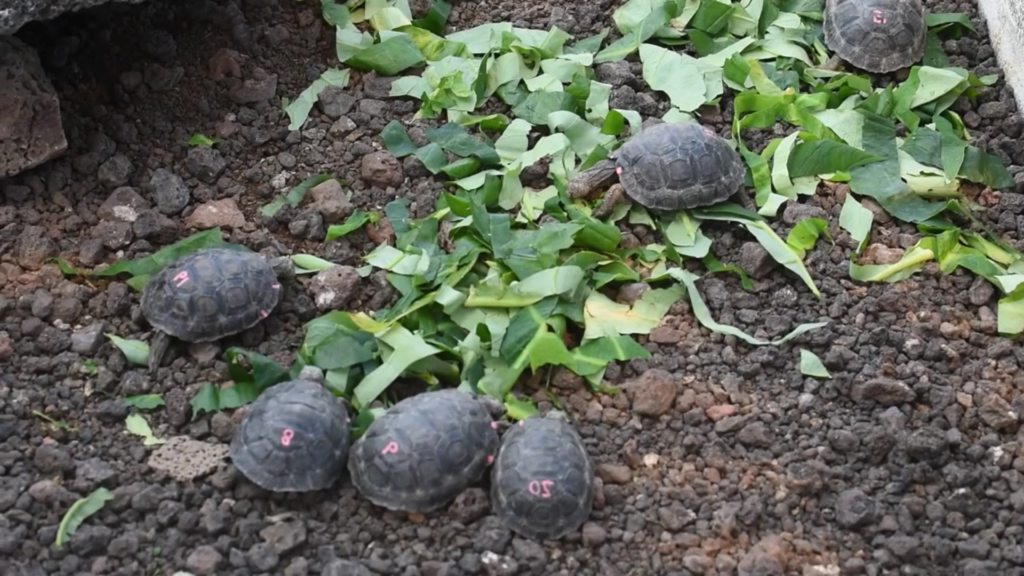
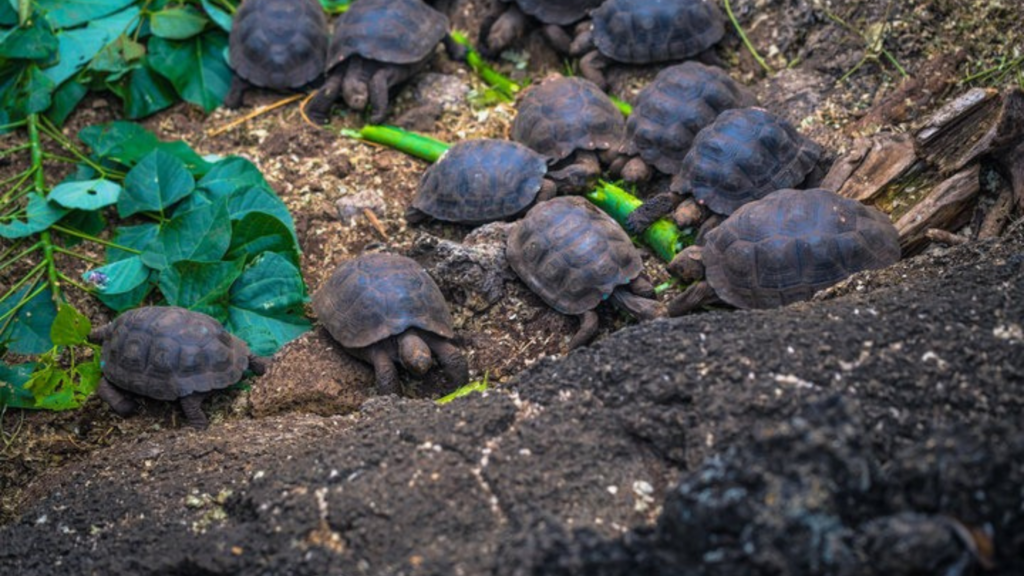
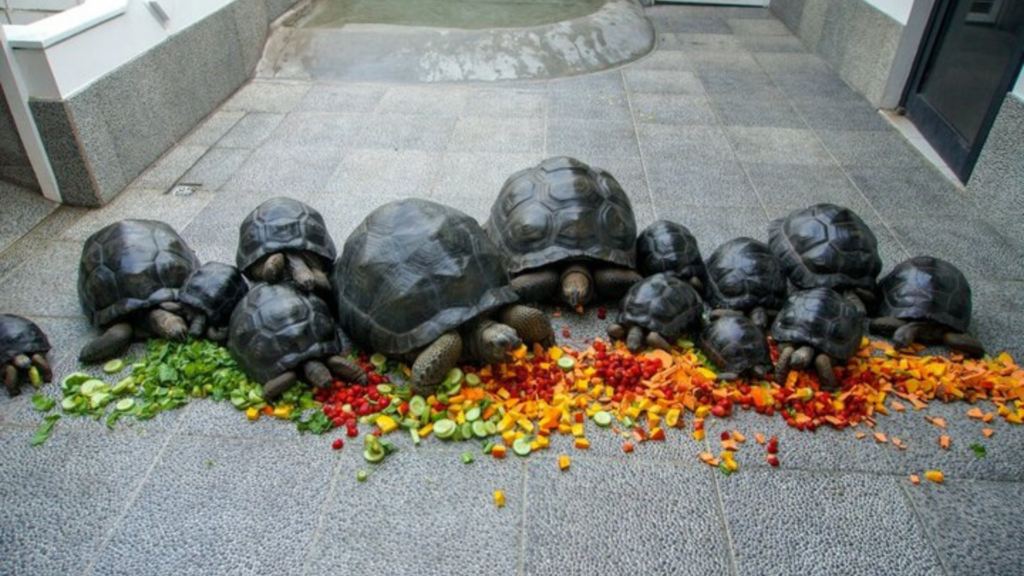
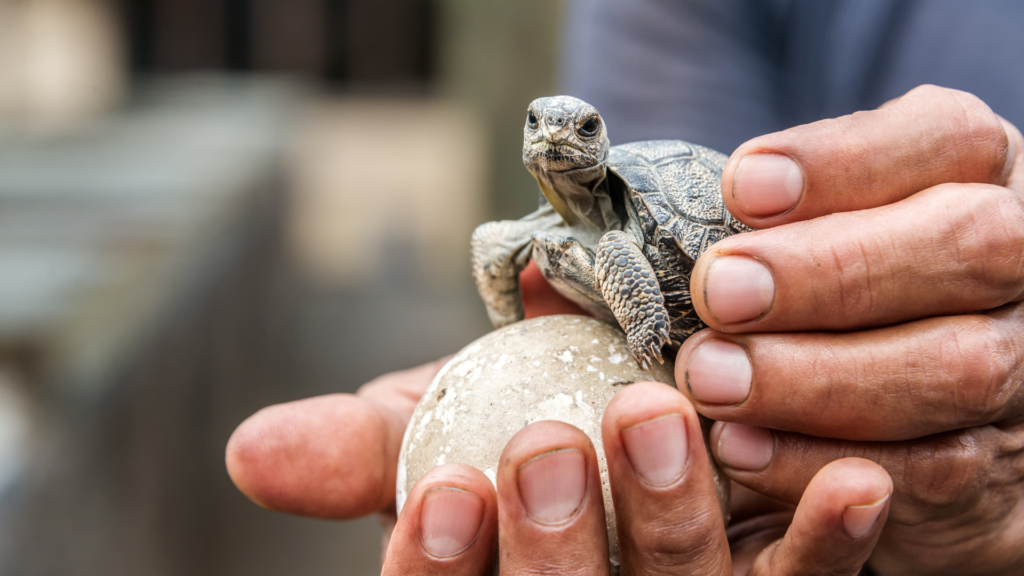
📏 Size, Weight & Surprising Floating Skills
These tortoises are true gentle giants. Adults can:
- Weigh over 500 pounds
- Stretch over 5 feet in length
- Carry massive shells that aren’t as heavy as they look
In fact, their shells are designed with air pockets that make them buoyant — so yes, Galápagos tortoises can float! They’re often spotted lounging in shallow ponds or muddy wallows, keeping cool and fending off pesky insects.
👀 Surprising Vision & Senses
While their hearing is limited, Galápagos tortoises have excellent eyesight. They:
- See in color
- Have wide-angle vision to spot food across their surroundings
- Use sight (more than smell or sound) to find their favorite fruits and greens
Another fun fact? They respond to touch — and some even seem to enjoy neck rubs from trusted caretakers in sanctuaries.
📘 About Galápagos Tortoises
Scientific Family: Testudinidae
Scientific Name: Chelonoidis niger (with 12 recognized subspecies)
Type of Animal: Reptile
Habitat:
- Dry lowlands (arid regions with cactus and shrubs)
- Moist highlands (tropical forests and grasslands)
Location: Galápagos Islands, Ecuador (Pacific Ocean, off the coast of South America)
Diet: Herbivore — cactus, leaves, grasses, fruits
Size: Up to 5 feet long
Weight: Over 500 pounds
Lifespan: Over 100 years — some exceed 150
Conservation Status: Vulnerable (with some subspecies critically endangered)
💚 Why We Love Them
There’s something magical about an animal that’s lived through centuries, moved slowly through life, and still finds joy in the simple things — like a warm mud puddle or a juicy cactus pad.
Galápagos tortoises are living reminders that steady, peaceful endurance is its own kind of strength. Whether it’s their floating shells, ancient wisdom, or unhurried way of life, they inspire us to slow down and appreciate the world around us.
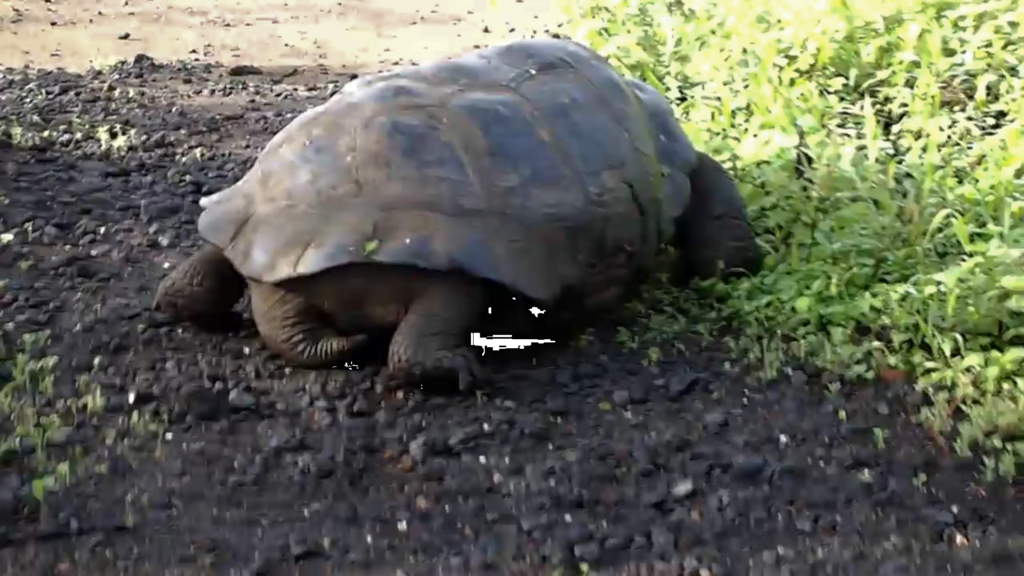
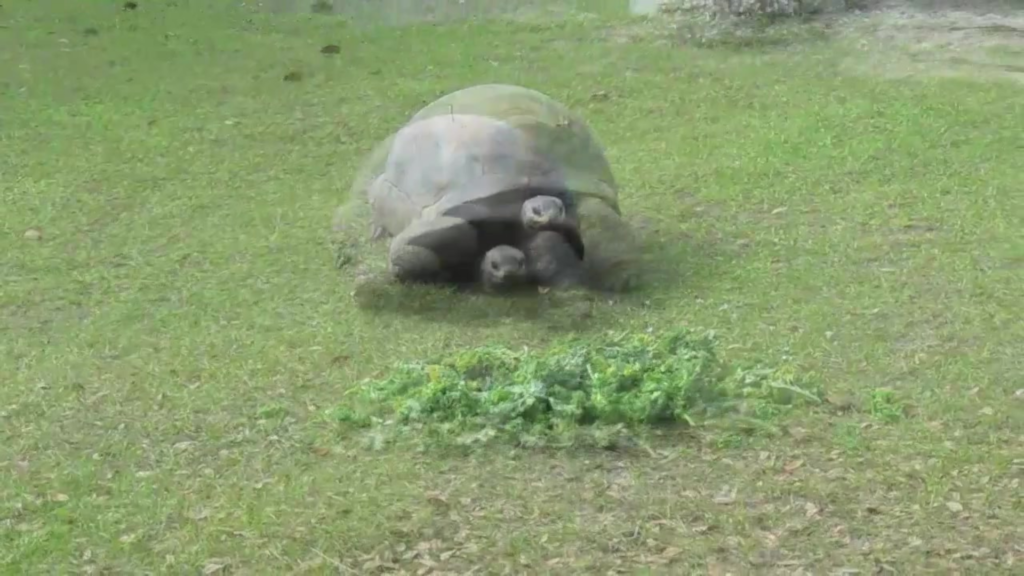
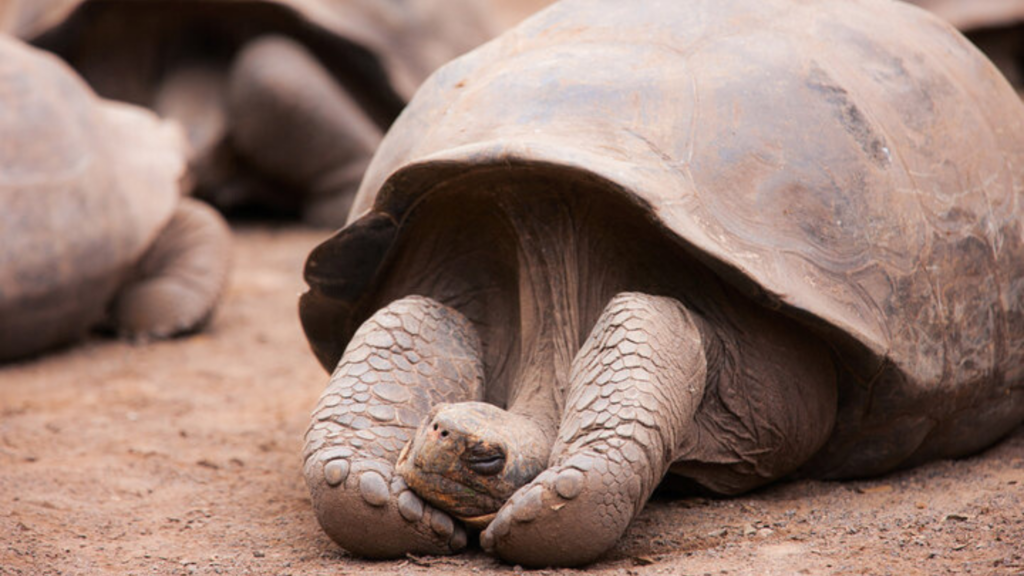
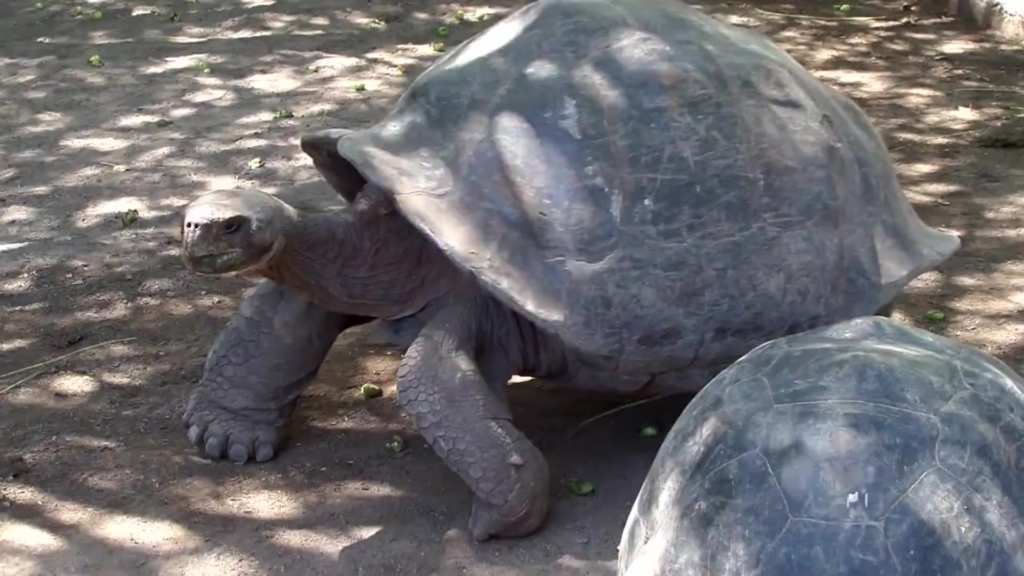
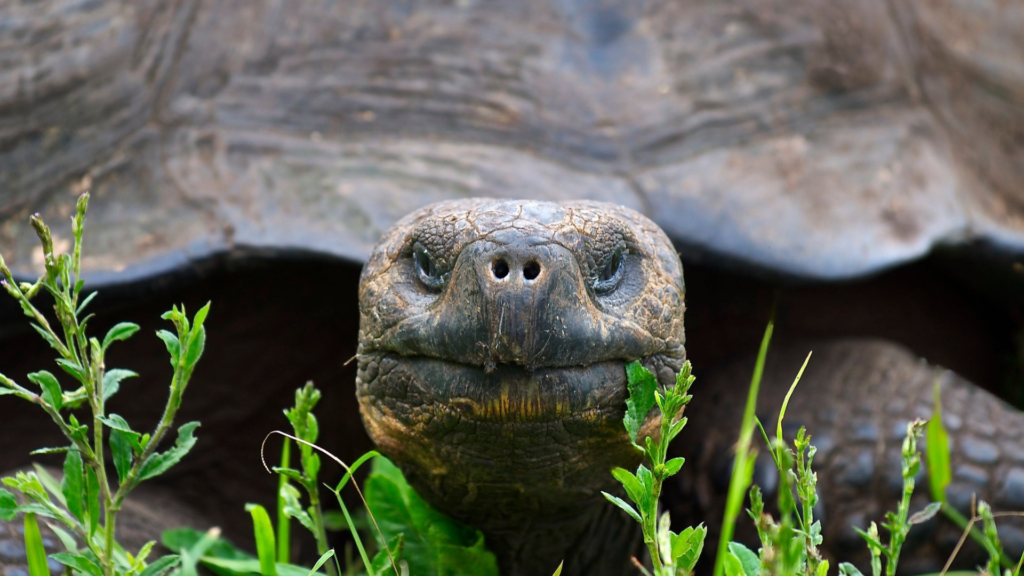
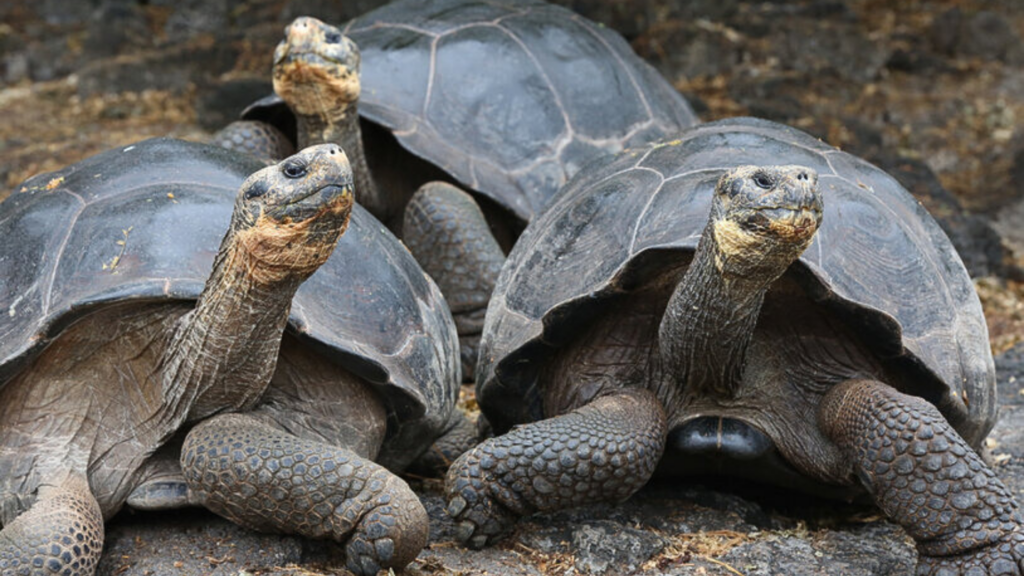
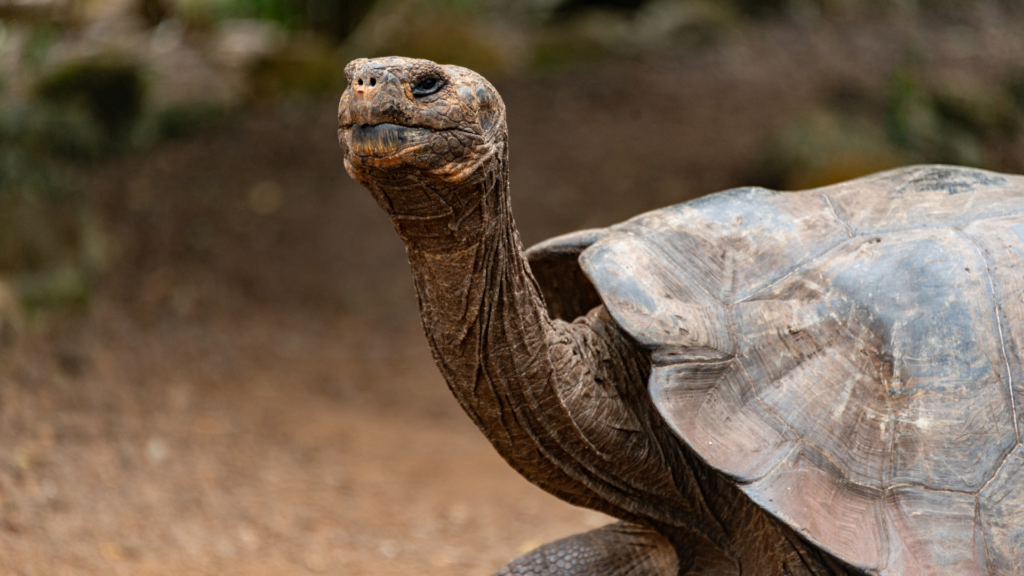
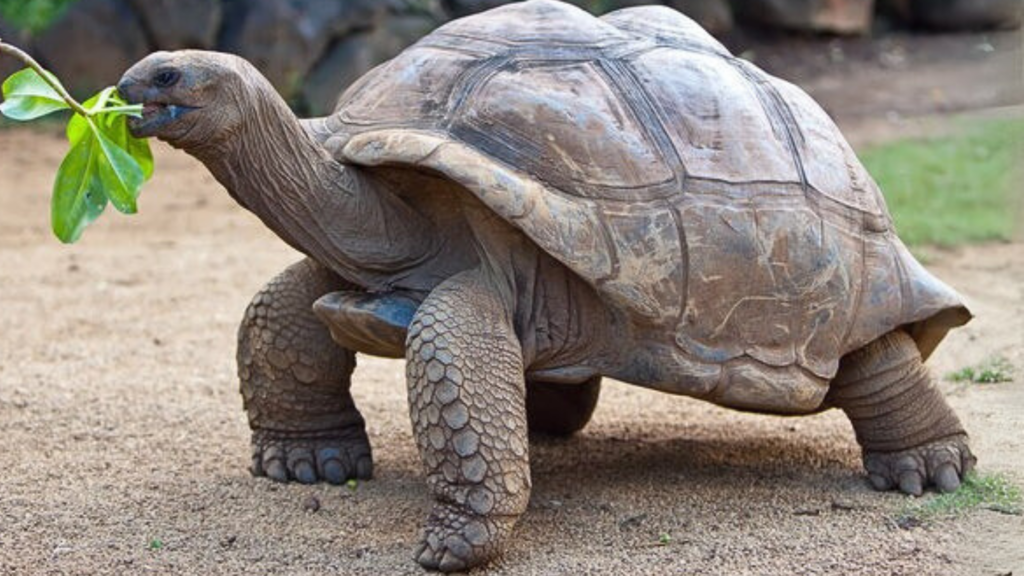
🐾 Explore More with BearBunk
Want to learn more about island animals and incredible reptiles?
Check out our other posts in the Tropical Forest or Reptiles category!
And remember —
As slow as they are, Galápagos tortoises always get where they’re going. 🐢💚






Leave a Reply